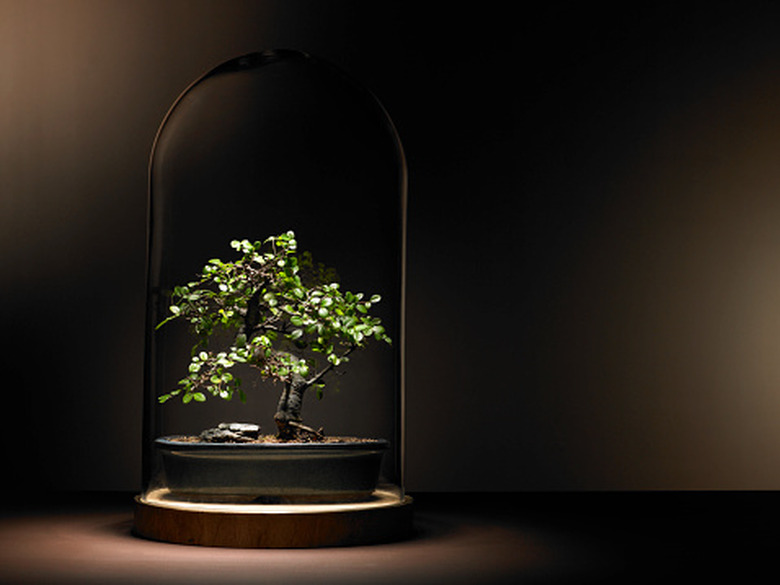Lavender Star Flower Care
Also known as cross-berry or button-wood, lavender star flower (Grewia occidentalis) is a deciduous shrub or small tree with a scrambling, loose habit. The plant is characterized by elliptic green leaves and small, pink or mauve, star-shaped flowers. Gardeners use lavender star flower as a landscape plant as well as a bonsai plant.
Location
Lavender star flower is a native of Africa, growing in rocky regions throughout Mozambique, Zimbabwe and South Africa. The shrub is tolerant of frost, and is hardy to U.S. Department of Agriculture plant hardiness zone 9. These outdoor plants tolerate a variety of light conditions, and will grow in full sunlight, partial shade or light shade. When grown indoors, the plant requires a bright, sunny location and average household temperatures.
- Also known as cross-berry or button-wood, lavender star flower (Grewia occidentalis) is a deciduous shrub or small tree with a scrambling, loose habit.
- These outdoor plants tolerate a variety of light conditions, and will grow in full sunlight, partial shade or light shade.
Culture
Lavender star flower prefers a well-draining soil rich with organic matter. A soil mixture consisting of two parts peat moss and one part sand works well. Water regularly to keep the soil moist. Mulching with organic matter retains moisture, suppresses weeds and keeps nutrients in the soil. Lavender star flower does not have an aggressive root system, and is a suitable plant for areas near buildings and sidewalks.
Maintenance
Fertilize regularly throughout the growing season to increase flower production. Three times a year with an acidic fertilizer is usually sufficient. Lavender star flower may develop chlorosis, a condition that causes yellowing foliage, if grown in alkaline soils. The problem is usually remedied by adding iron supplements to the soil. Prune bonsai plants annually to keep their small stature. Prune after flowering is finished for the season.
- Lavender star flower prefers a well-draining soil rich with organic matter.
Features
Outdoor plants are ideal for the wildlife garden, as lavender star flower attracts a variety of animals. Birds feast on the plant's ripe fruits, while animals graze the leaves. The flowers attract butterflies such as the rufous-winged elfin butterfly (Eagris nottoana) and buff-tipped skipper (Netrobalane canopus). Gardeners may eat the berries, which are edible raw or dried. Propagate lavender star flower by seed or by cuttings. Seeds take between 14 to 21 days to germinate, at a temperature of at least 70 degrees Fahrenheit.
